The ancient structures transported water across valleys and plains using gravity. Built by Roman and Ottoman engineers, these aqueducts stand up to 50 meters tall, crossing valleys on multiple levels of stone arches. The structures supplied cities with fresh water from distant springs and rivers.
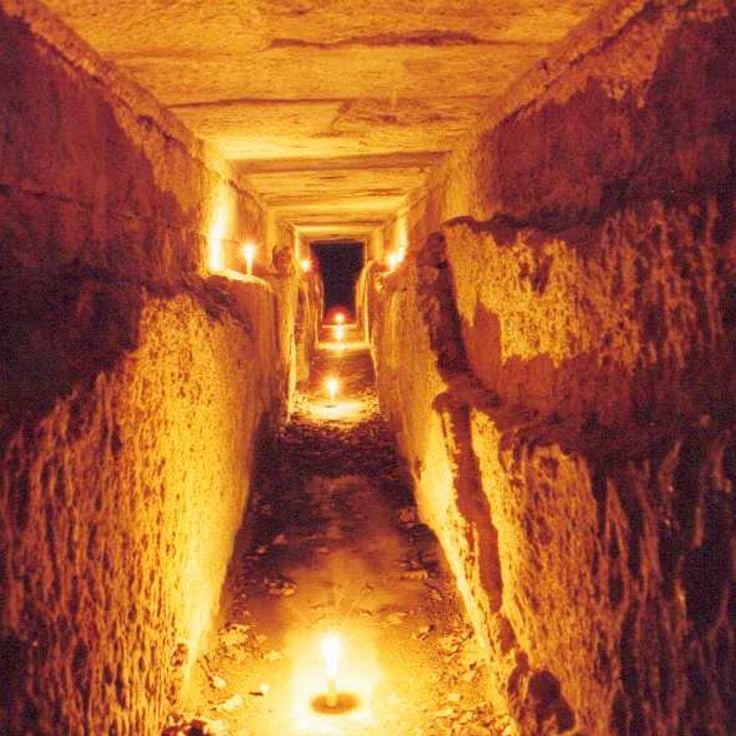
Occitanie, France
This Roman aqueduct bridge crosses the Gardon river on three levels and reaches a height of 48 meters.
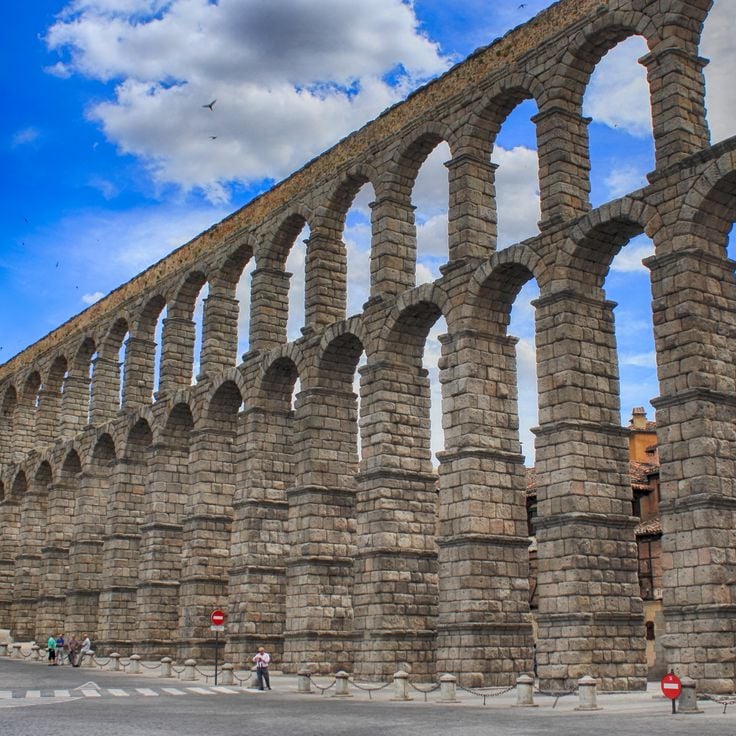
Segovia, Spain
The Roman aqueduct consists of 167 arches and was built without mortar using 20,400 granite blocks.
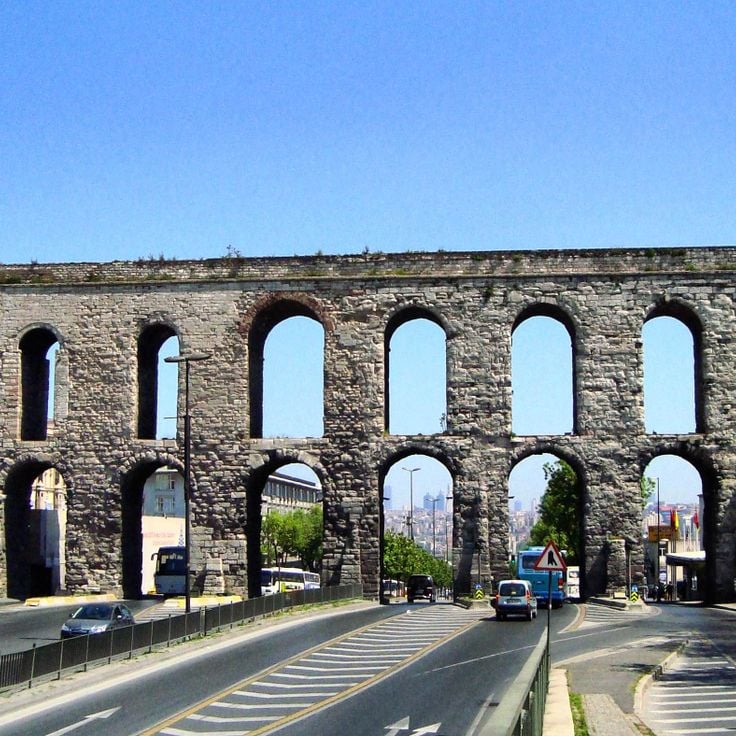
Istanbul, Turkey
The 4th-century Roman structure extends 921 meters and reaches a height of 29 meters.
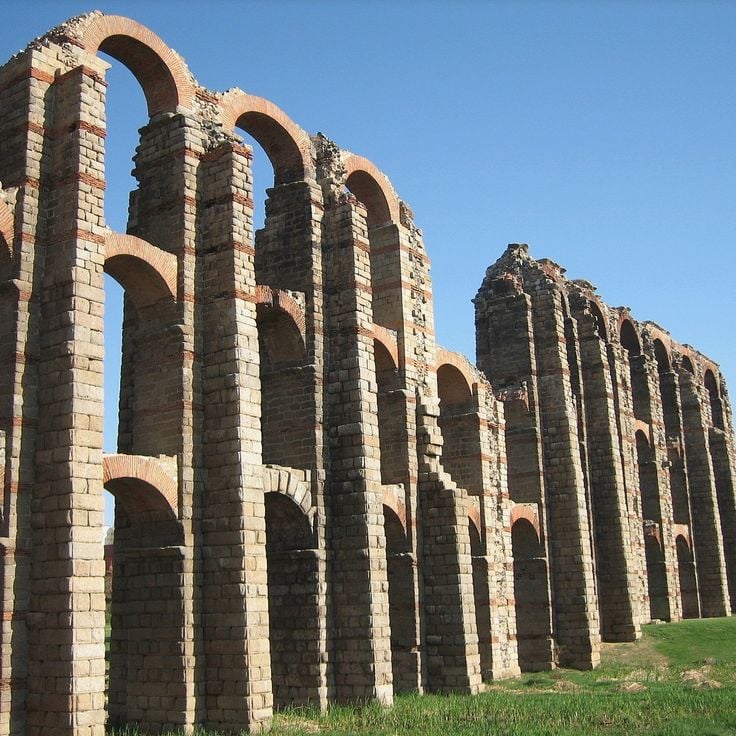
Mérida, Spain
The first-century Roman aqueduct transported water over 830 meters through multiple rows of granite and brick arches.
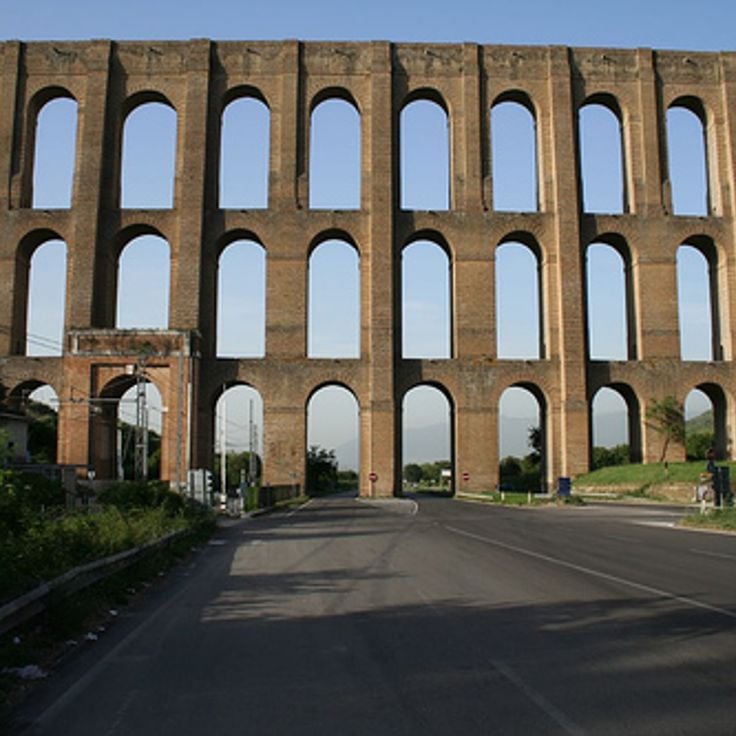
Caserta, Italy
The 38-kilometer water system was built between 1753 and 1762 to transport water from Monte Taburno to the palace.
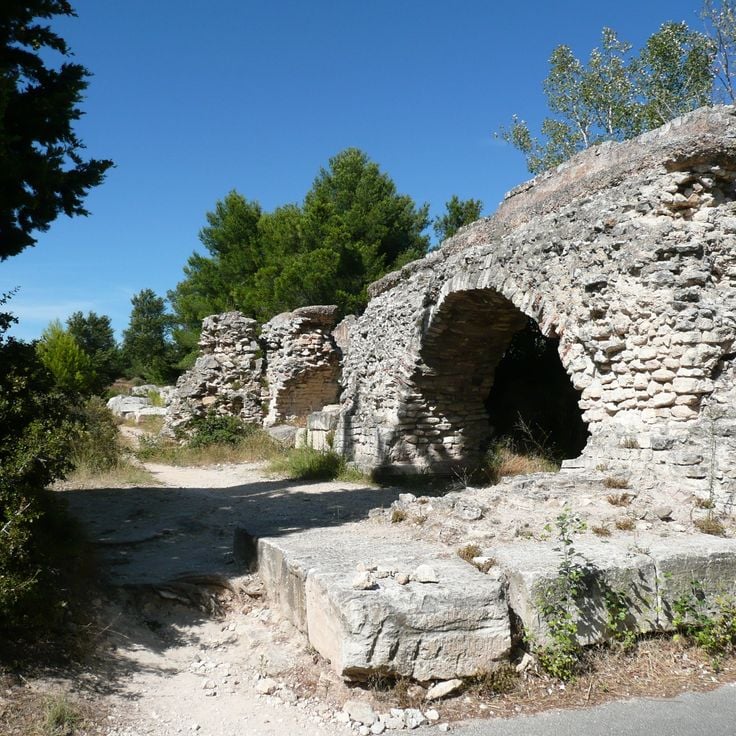
Arles, France
This 2nd-century Roman industrial complex contained 16 waterwheels in two parallel rows for processing grain.
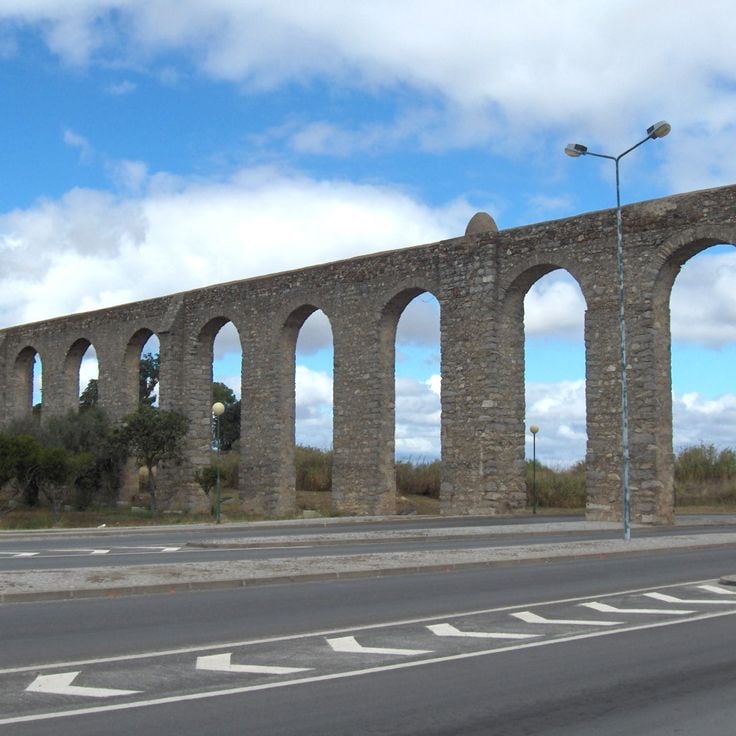
Évora, Portugal
Completed in 1537, the aqueduct extends 18 kilometers and supplied the city with water from granite springs.
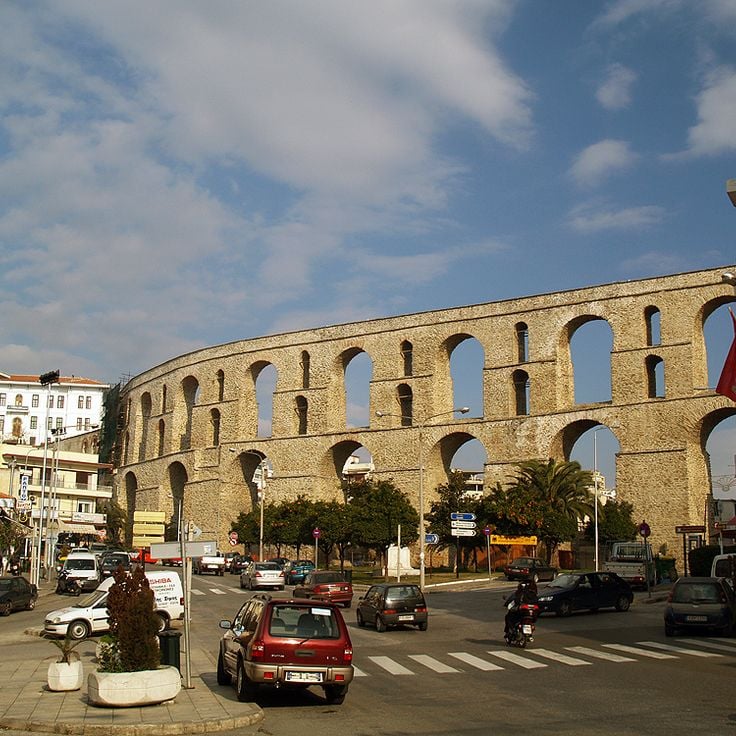
Kavala, Greece
Built in the 16th century, the aqueduct transported water across 60 arches with a maximum height of 25 meters.
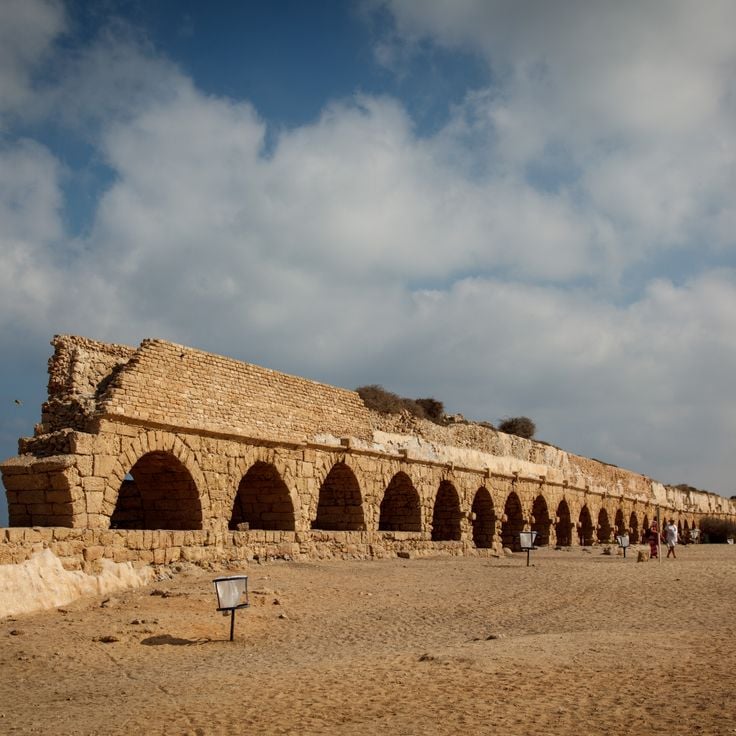
Caesarea, Israel
This Roman aqueduct from the 1st century transported water over 16 kilometers from springs at Mount Carmel.
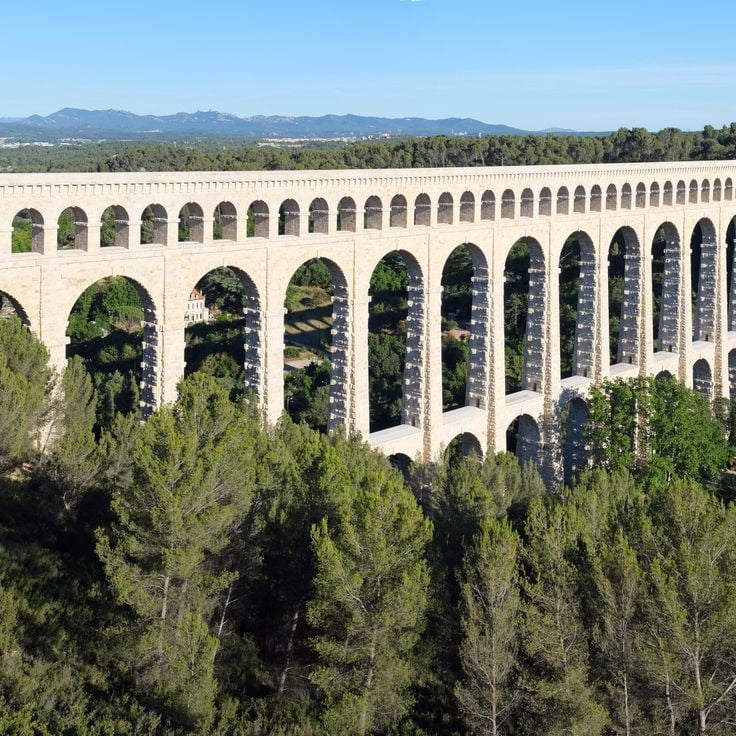
Provence-Alpes-Côte d'Azur, France
The stone aqueduct completed in 1847 reaches a height of 83 meters and extends 400 meters in length.
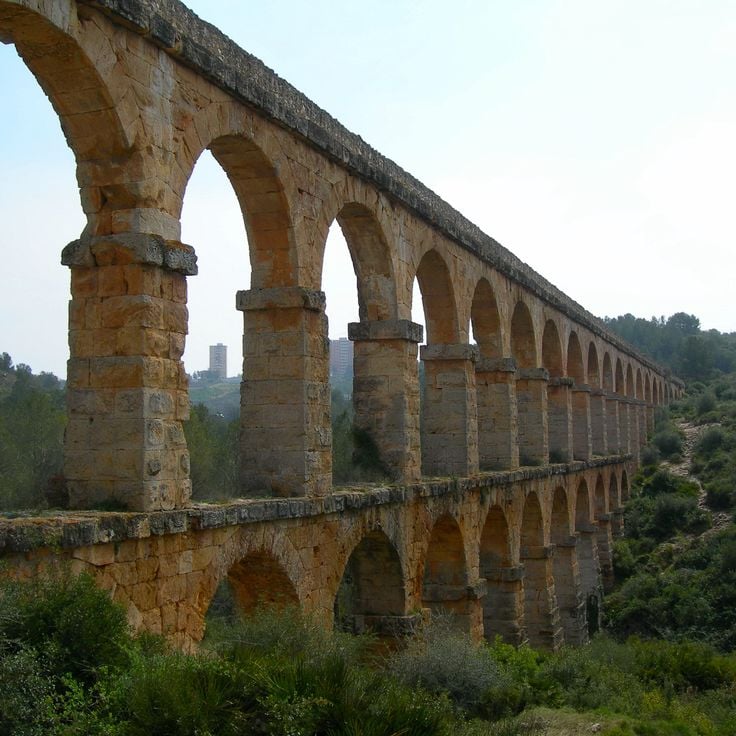
Catalonia, Spain
This Roman aqueduct from the second century measures 217 meters in length and 27 meters in height.
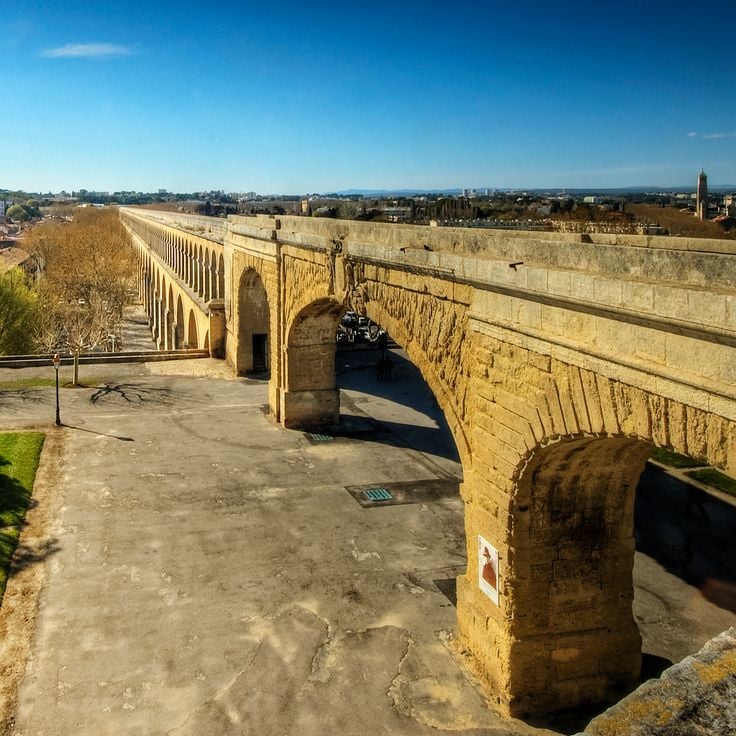
Occitanie, France
The aqueduct was built between 1753 and 1765 and transported water over a distance of 14 kilometers.
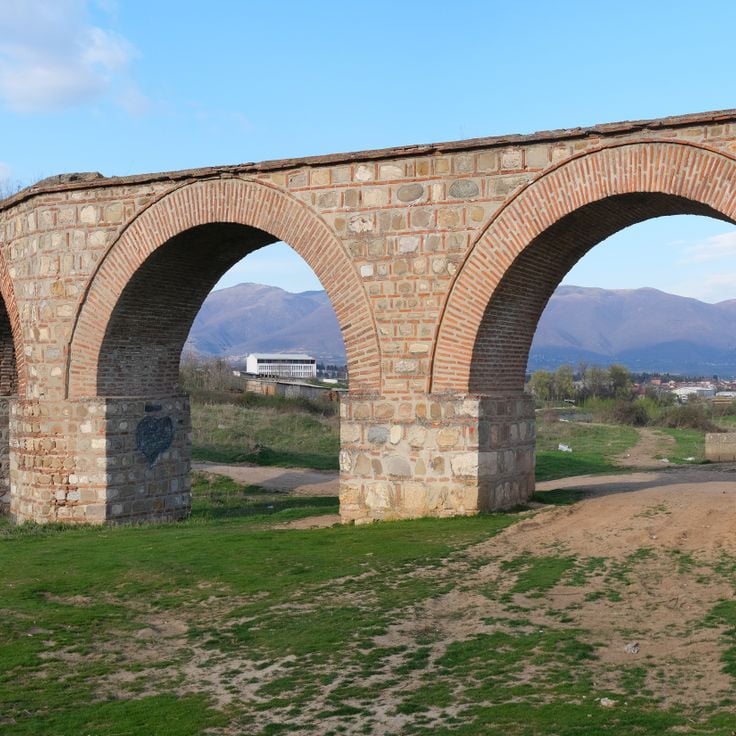
Skopje, North Macedonia
This stone water conduit stands as the only one of its kind in North Macedonia. The construction date and builders are not documented.
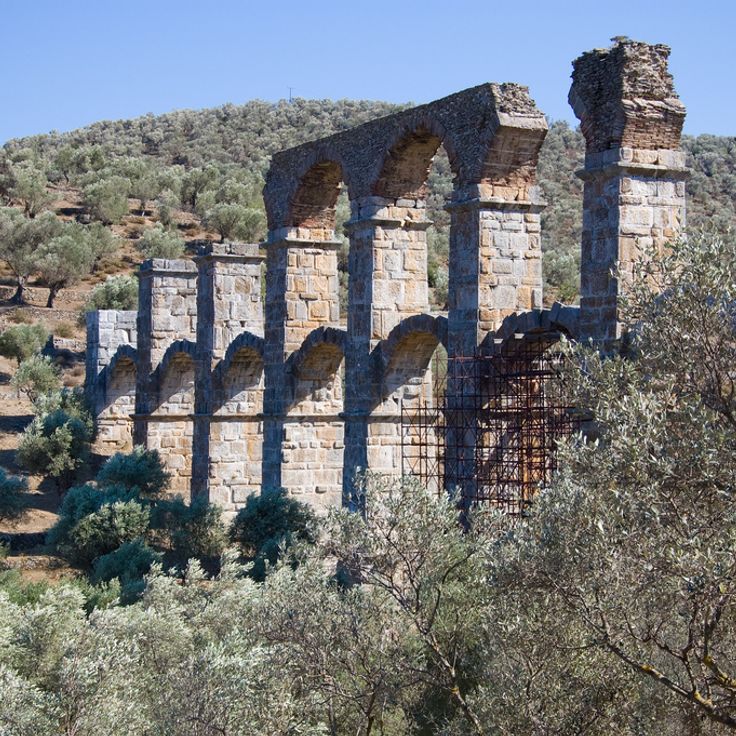
Lesbos, Greece
This Roman water transport consists of stone arches reaching 26 meters in height. It supplied the ancient city with water from the mountains.
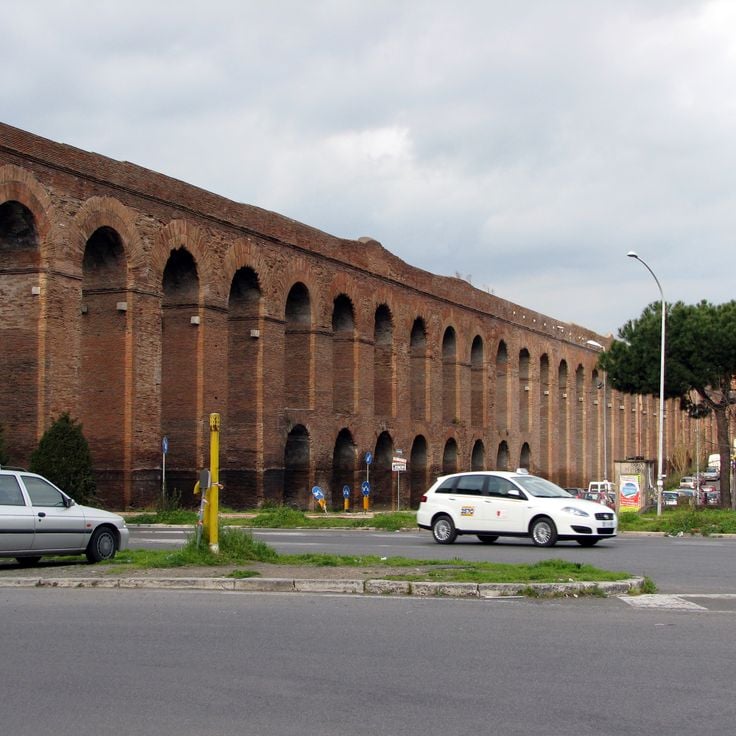
Rome, Italy
This aqueduct was constructed in 226 CE under Emperor Alexander Severus. It transported water from Pantano Borghese to Rome.
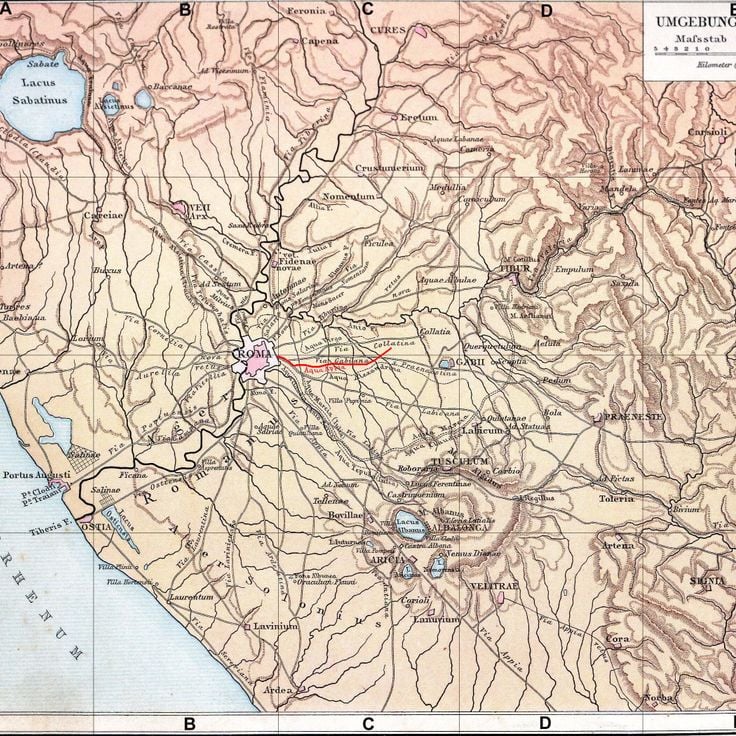
Rome, Italy
This water transport was built in 312 BCE by Appius Claudius Caecus. It was the first Roman aqueduct and ran mainly underground.
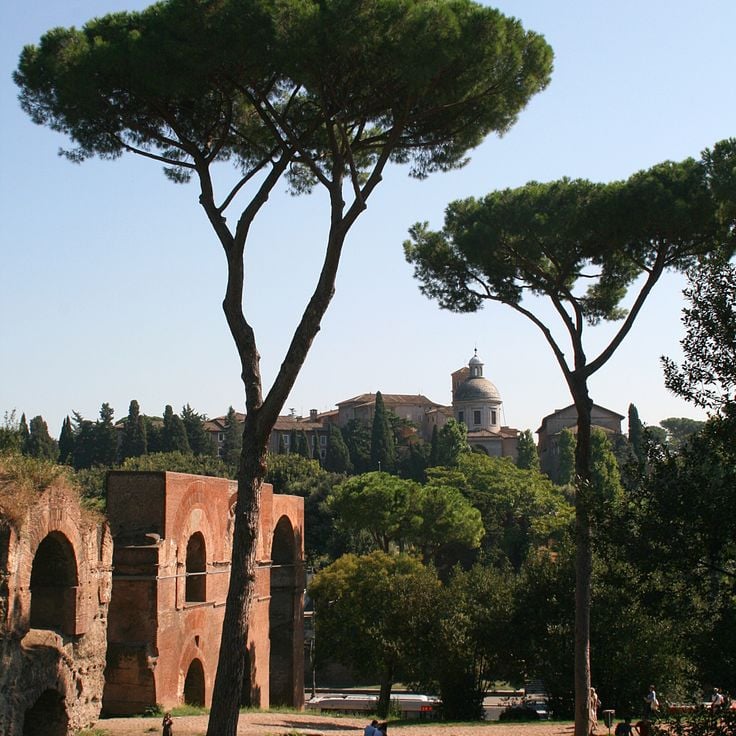
Rome, Italy
This aqueduct built under Emperor Claudius transported 184,000 cubic meters of water daily over 69 kilometers to Rome.
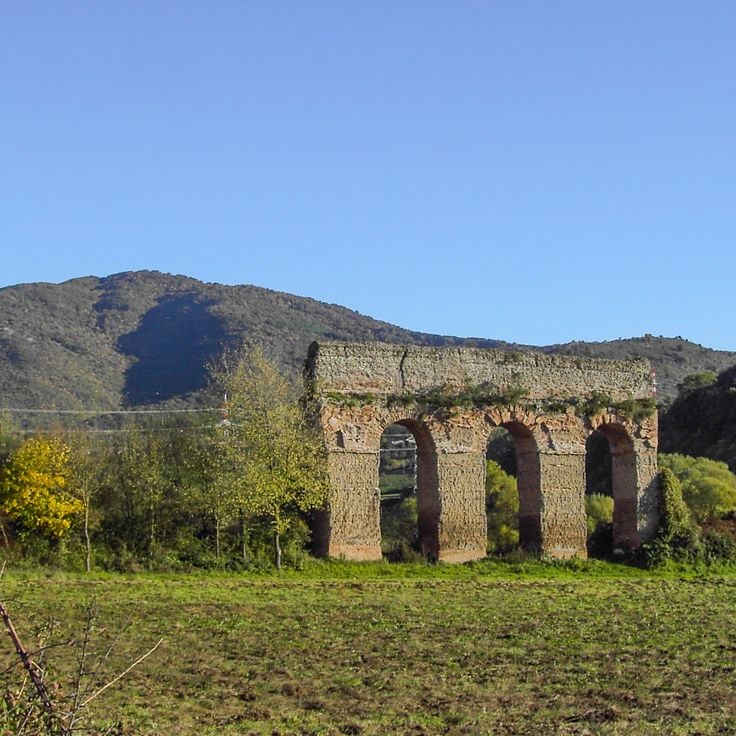
Rome, Italy
The aqueduct carried water from springs in the Sabine hills over 91 kilometers to Rome.
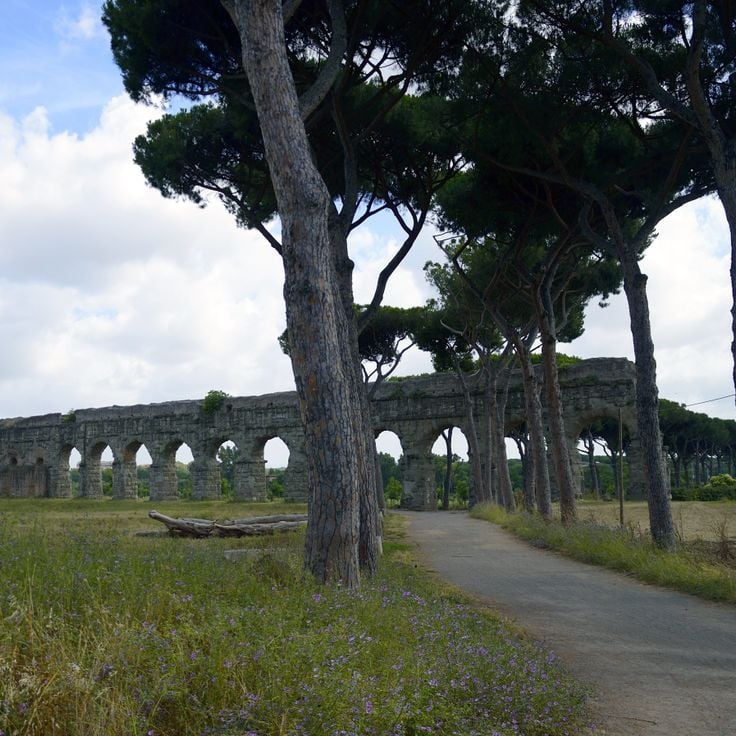
Rome, Italy
The public park contains remains of seven Roman aqueducts and spans 240 hectares.
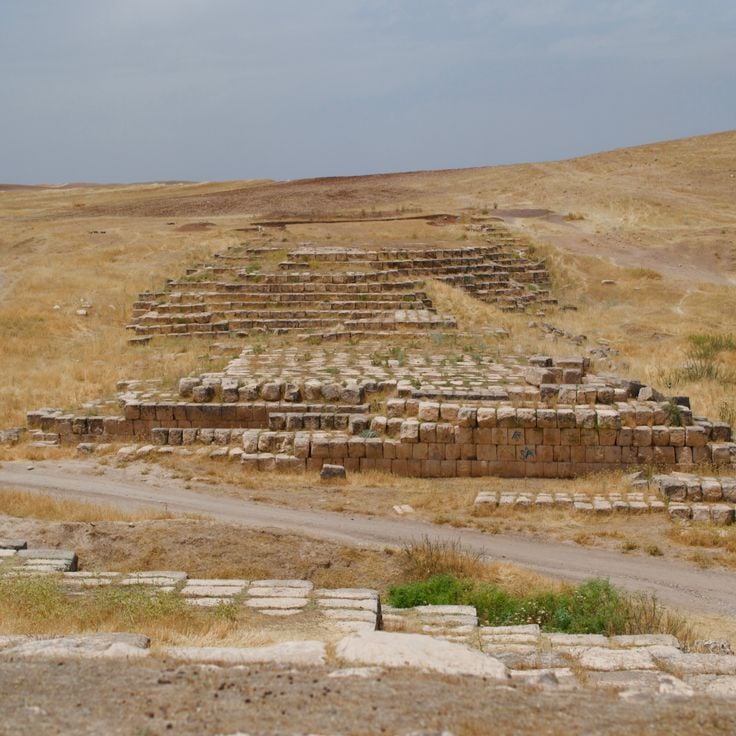
Mosul, Iraq
The stone aqueduct was built in 690 BCE and supplied water from the mountains to the city of Nineveh.
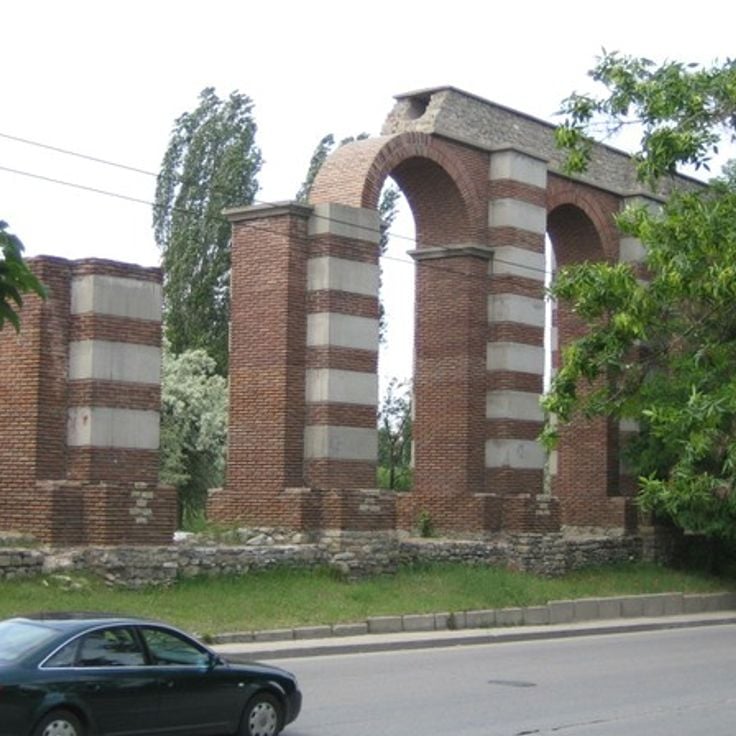
Plovdiv, Bulgaria
A Roman structure from the second century with preserved stone arches and water channels.

Cordoba, Spain
A medieval mill wheel from the 12th century used for water distribution and grain processing on the Guadalquivir.
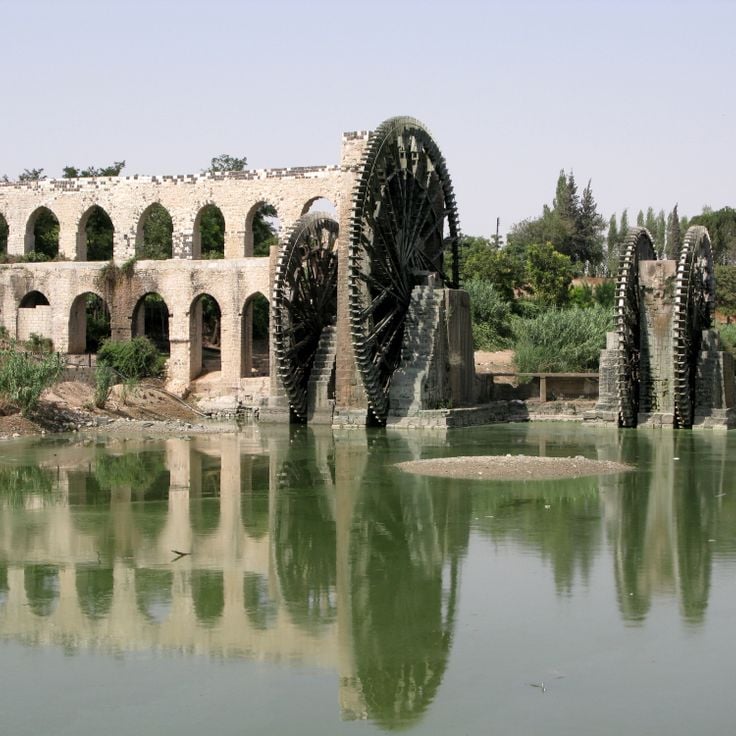
Hama, Syria
Mechanical water wheels made of wood, 20 meters in diameter, used to irrigate gardens along the Orontes.
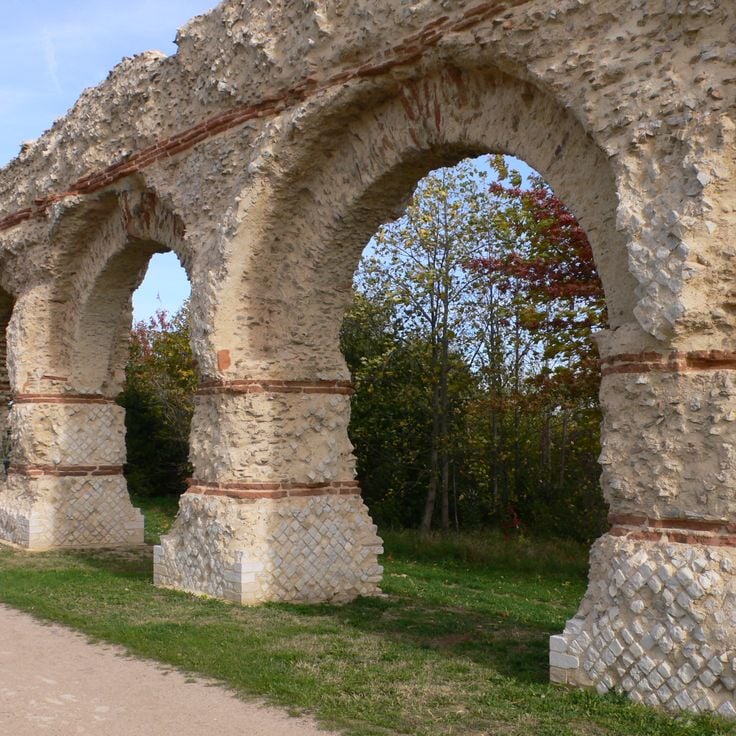
Rhône department, France
A Roman water system extending 86 kilometers, built in the first century CE.
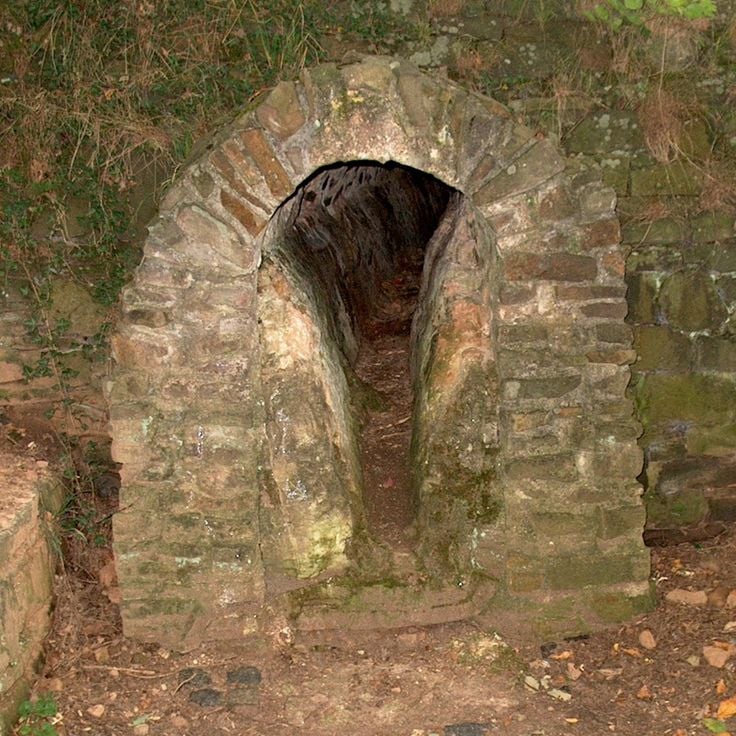
North Rhine-Westphalia, Germany
The Roman water channel extends for 95 kilometers and transported 20,000 cubic meters of water daily to Cologne.
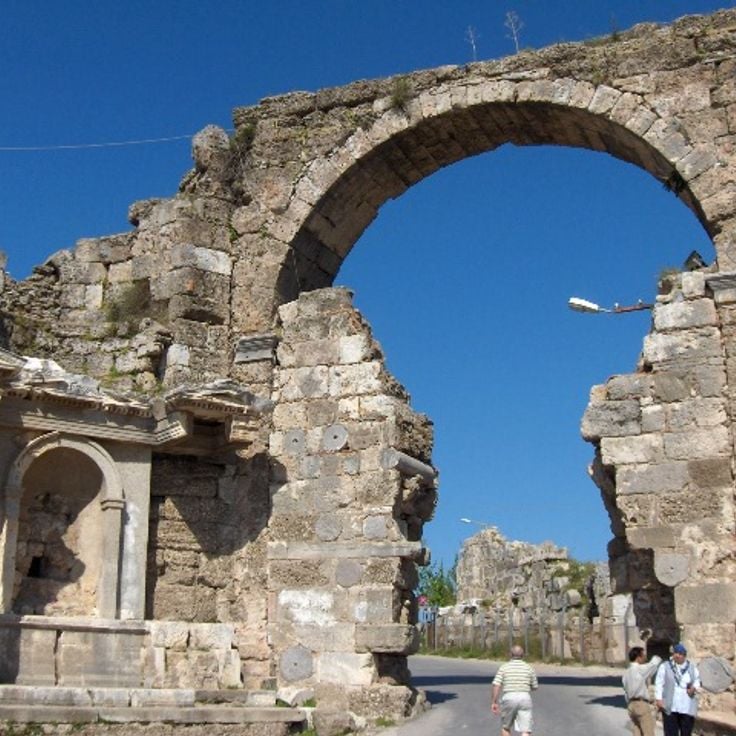
Side, Turkey
The 2nd century Roman water supply system transported water over 30 kilometers from the mountains to the coastal city.

Umm Qais, Jordan
The underground tunnel with 170 kilometers length used natural slope for water supply to the ancient city.


























